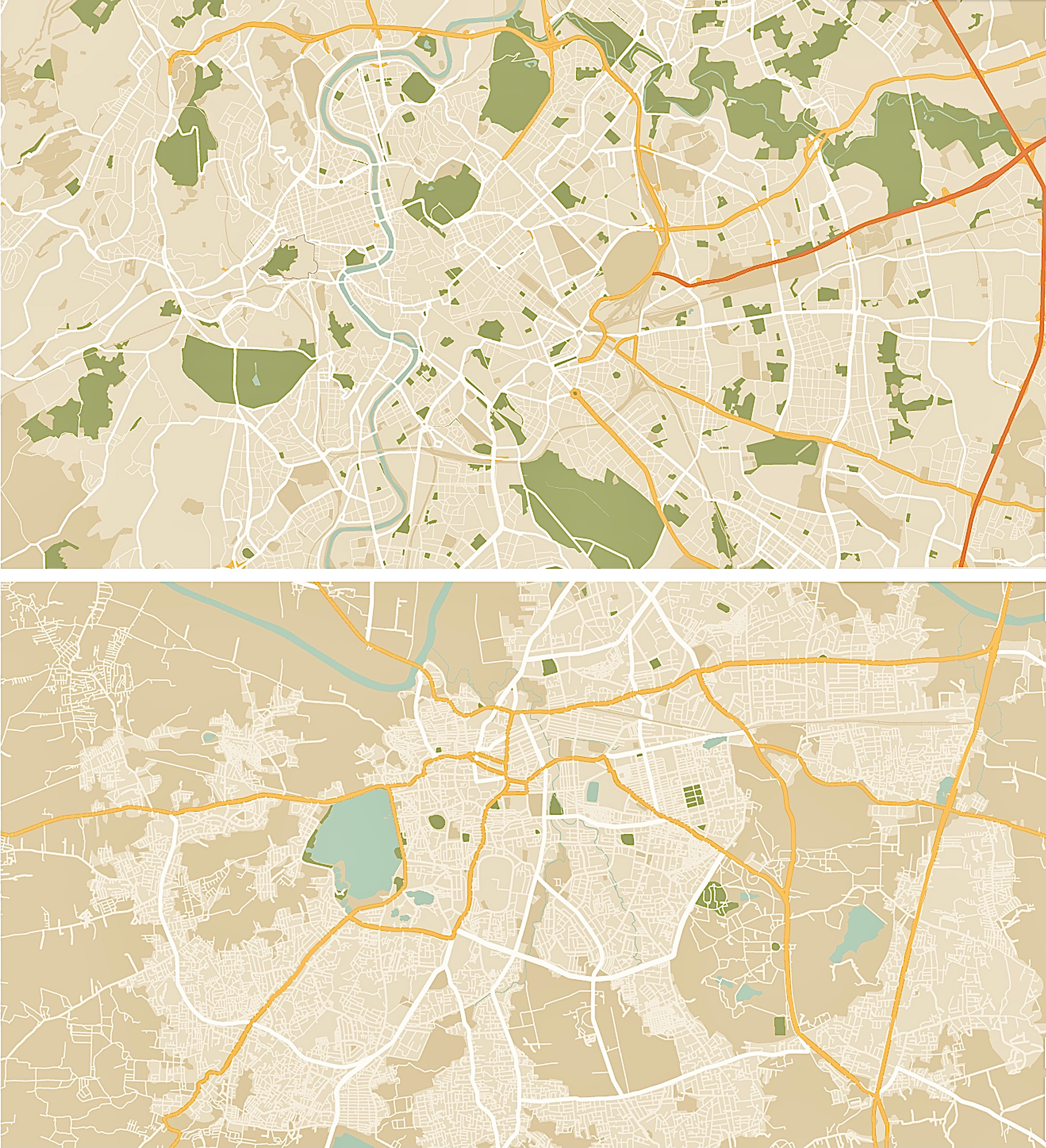Here is a short text written by a student of my Urban Morphology course at Sapienza University of Rome.
It seems very interesting to me. It gives the idea of how a student from another culture can see, read, interpret Rome. And how you can love Rome in different ways.
I would be pleased if my lectures have contributed to this feeling and that of others of my wonderful U.M. students.

Kolhapu’r’ome
by Nirmiti Sanjay Sutar
I remember everything passing fast through my sight, the stone door ‘wadas’, the huge ‘kamans’, Charles Mant, the streets shrinking and widening, the river flowing, the craftsmen sitting, the people walking and some trees running; all behind as I drove ahead on my purple motorbike. Although now everything rushes so slow; the different church facades, the ‘palazzos’ and ‘piazzas’, Michelangelo Buonarroti, the streets leading to narrow bridges under which the river stalling, the craftsmen standing, the people walking and the gardens humming; all simmering as I walk in my purple laced black shoes. It’s only the letter ‘R’ which stands at horizon of the dyad_Kolhapur and Rome. The horizon sharing the real mirages of heritage.
The Panchganga river my favourite, gushes down to form my birthplace; Kolhapur. The morphological advancement on the grounds of Bramhapuri civilisation, the puzzle pieces of which are in the glass boxes of point arched pinnacles of the Town Hall. The puzzle is laid still deep inside, boundaries of which are still unknown encroached by social factors and stigma, which can back down to resurrect the substrata. The substrata which narrates the origin, the form, the evolution of base buildings perhaps also the reasoning behind why exactly we still plan our wadas with a courtyard inside! The Tiber river my favourite, slow-paced down to form my learn-place; Rome. The recorded morphological advancement on the grounds of one of the ancient civilizations, ‘the Roman civilization’. The fabric of which is learnt by Saverio Muratori who interpreted the origin of base buildings in the urban fabric of Rome. The substrata never died in the first place and which is still conserved in the form of ruins and forums. Maybe this is why Gianfranco Caniggia, his assistant, never really needed to reason his contemporary design lines on the urban base fabric of Rome. Heritage is neither quantitative nor qualitative, what matters is its existence.
Existence has always been in the court of evidence. Those courts are sometimes known as religious structures; the structures where the ‘existence’ is portrayed through the language of spaces_sometimes tall soaring volumes of church or dark acute cubicles in temples. As contented as it feels inside the spaces, experiencing this dyad in its non improvised form in kolhapu’r’ome defined my ‘casual trips’ to ‘curiosity trips’. Someday, every week passing through narrow streets of Mahadwar lined up with mannequins draped in sarees, fruit boys and flower girls sitting at the mouth of Kapilteerth market, shopkeepers from a height inviting you to buy garlands, coconuts and green choli, I often dropped off my footwear at the threshold to enter the frame, the darwaja that passively encloses an architectural nodal space temple of Mahalaxmi standing like a massive sculpture. The crowd surrounding you and the wait to see ‘her’ face often tricks us into unseeing the transition of transcending hierarchy of volumes intertwined with the rhythm of square columns whose edges we often brush off with our hands to move upfront in line without noticing that they are already rounded off with thousands of devotees.